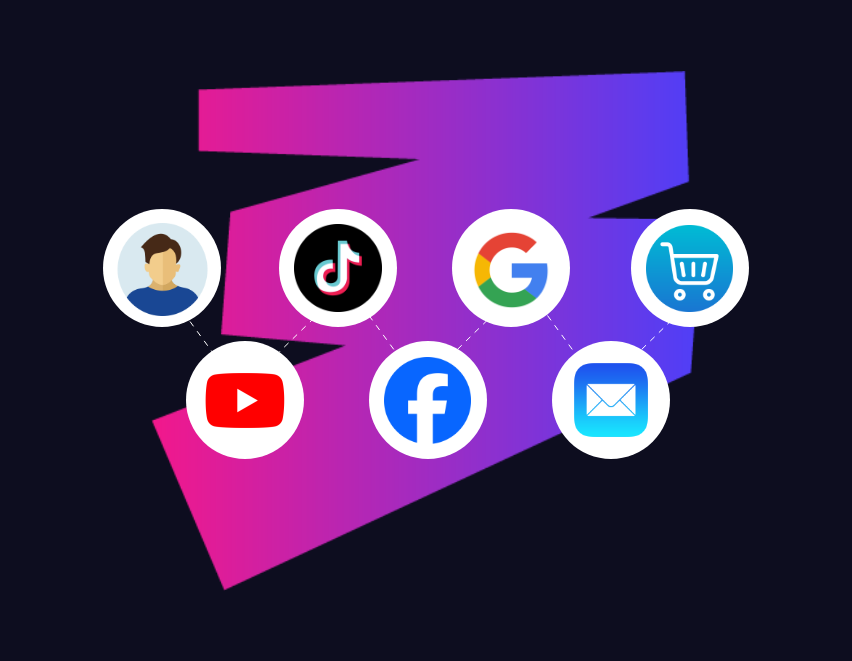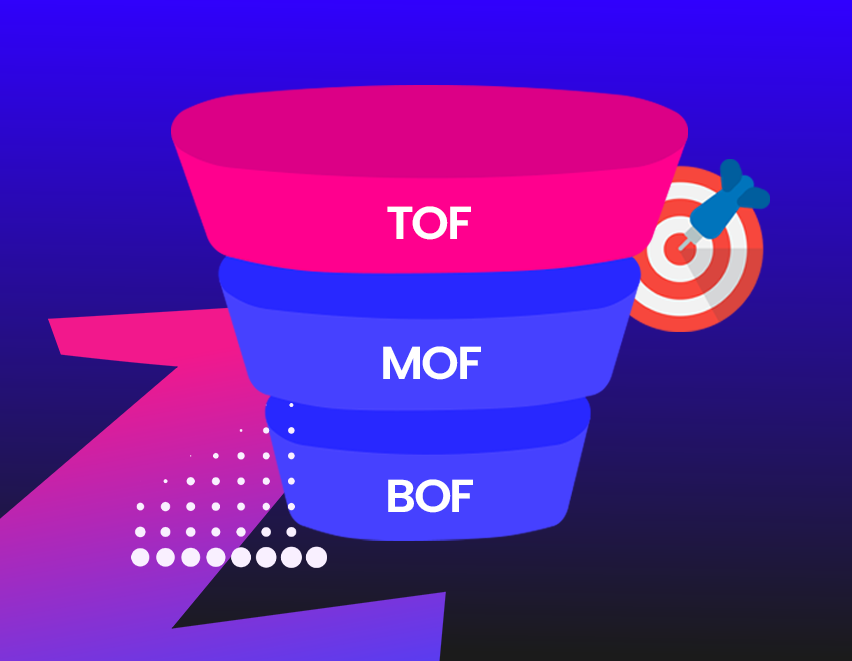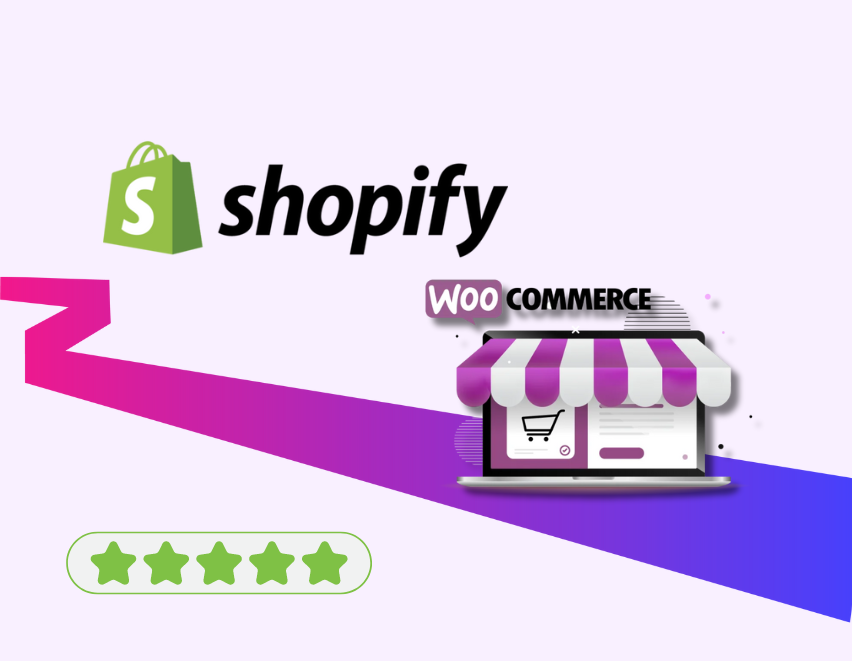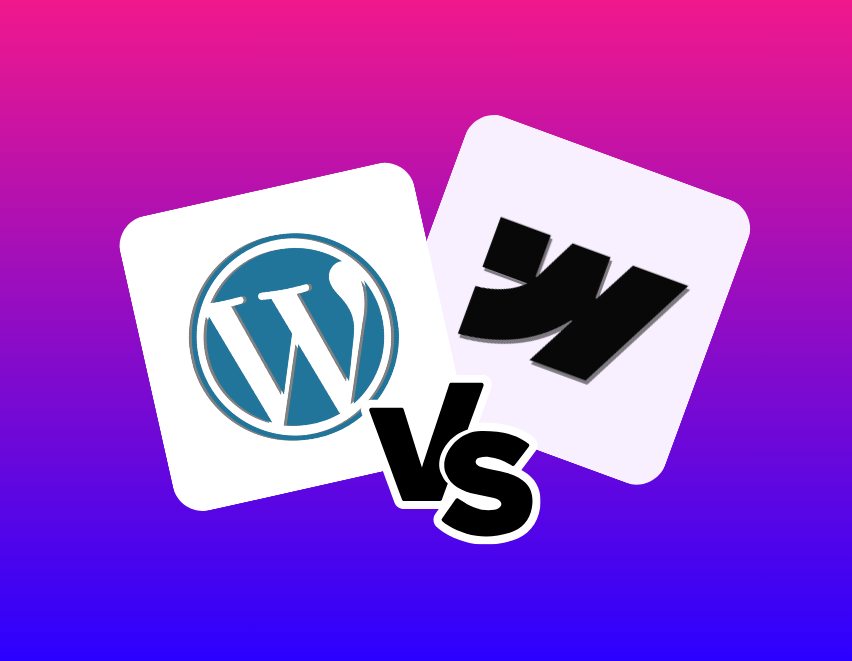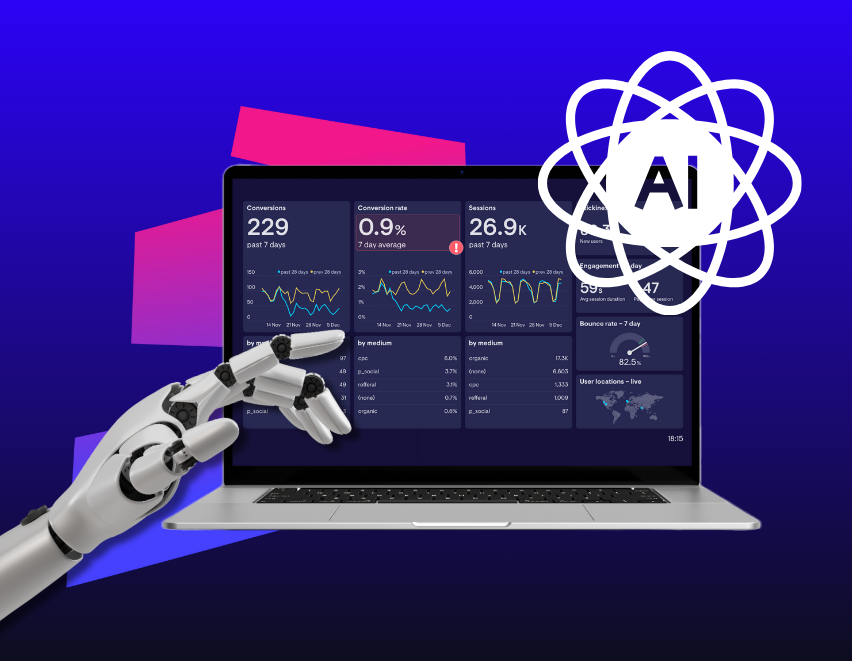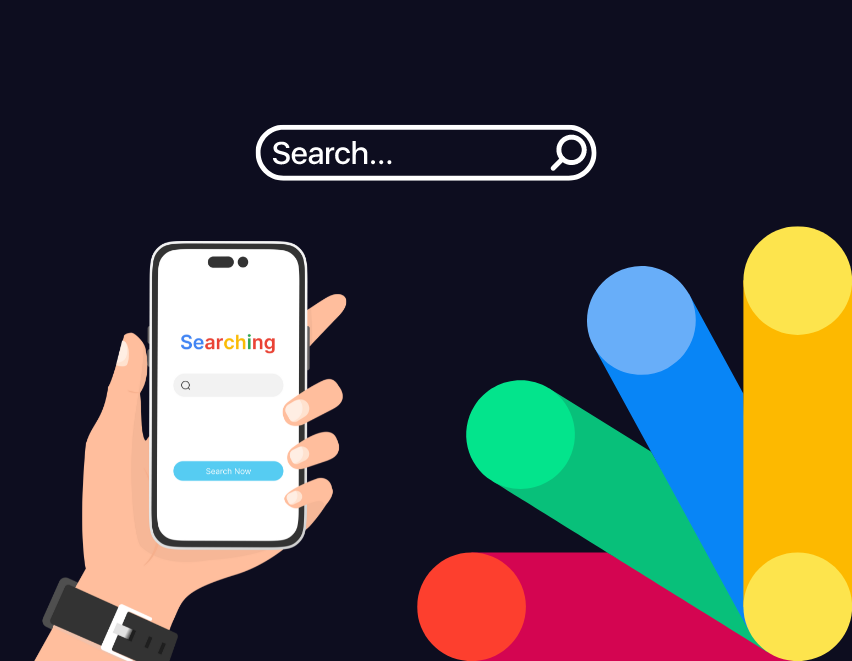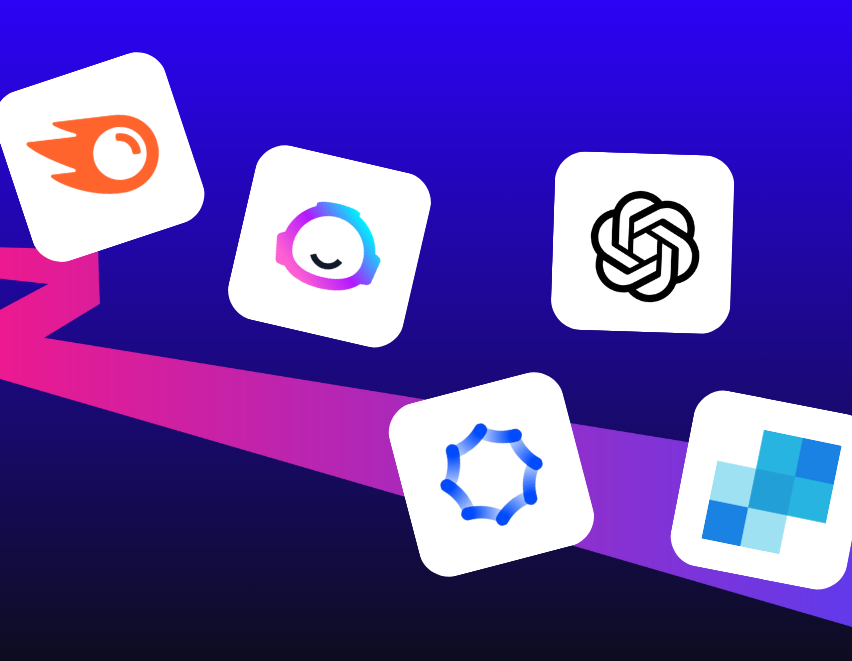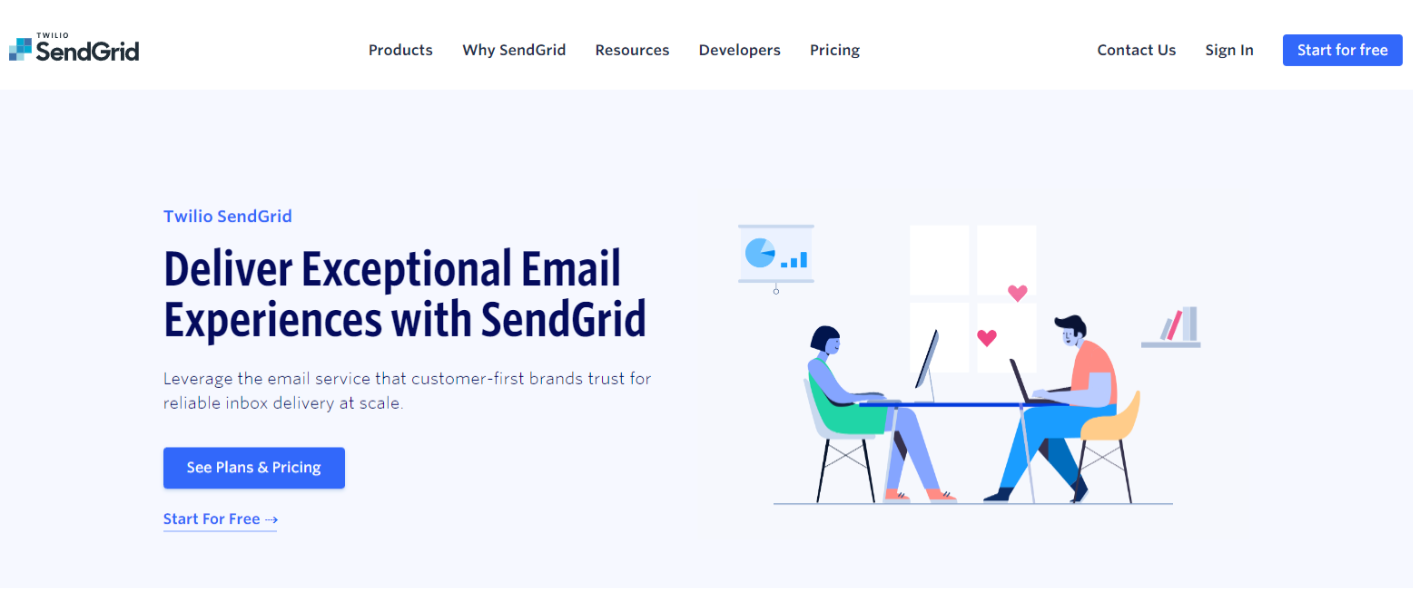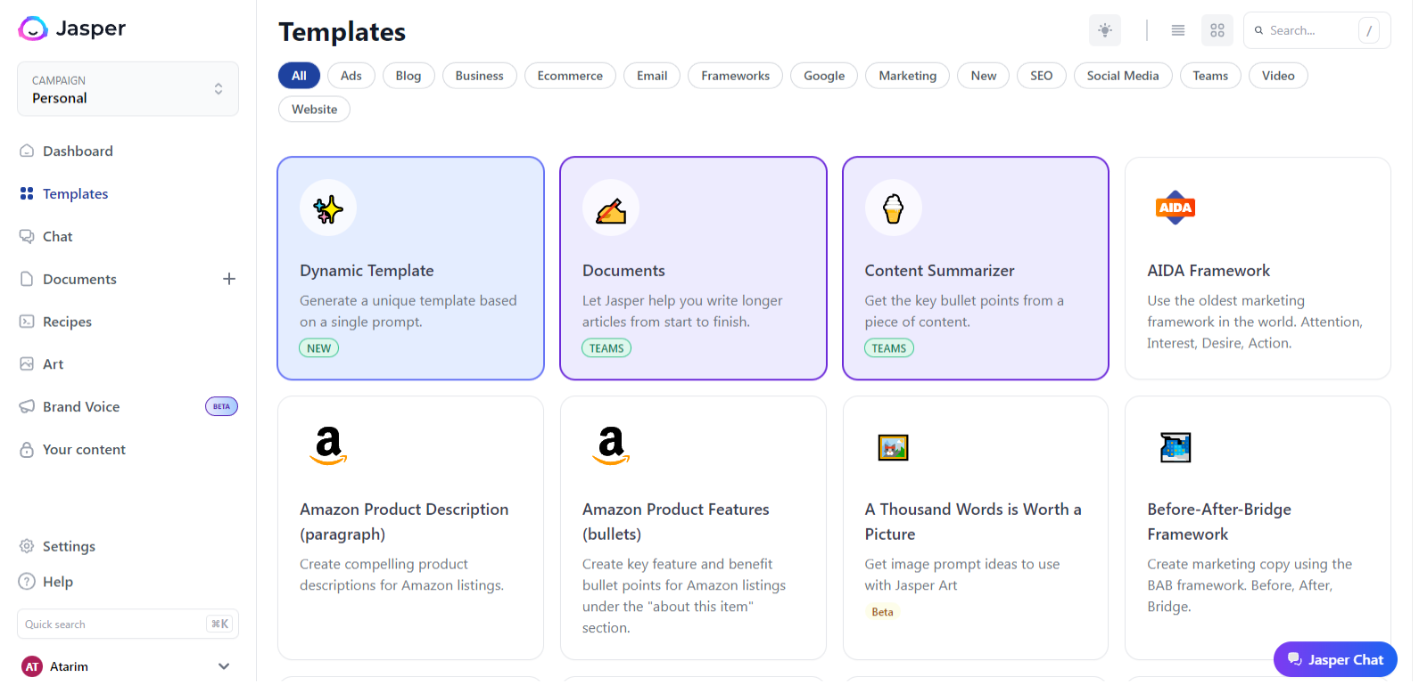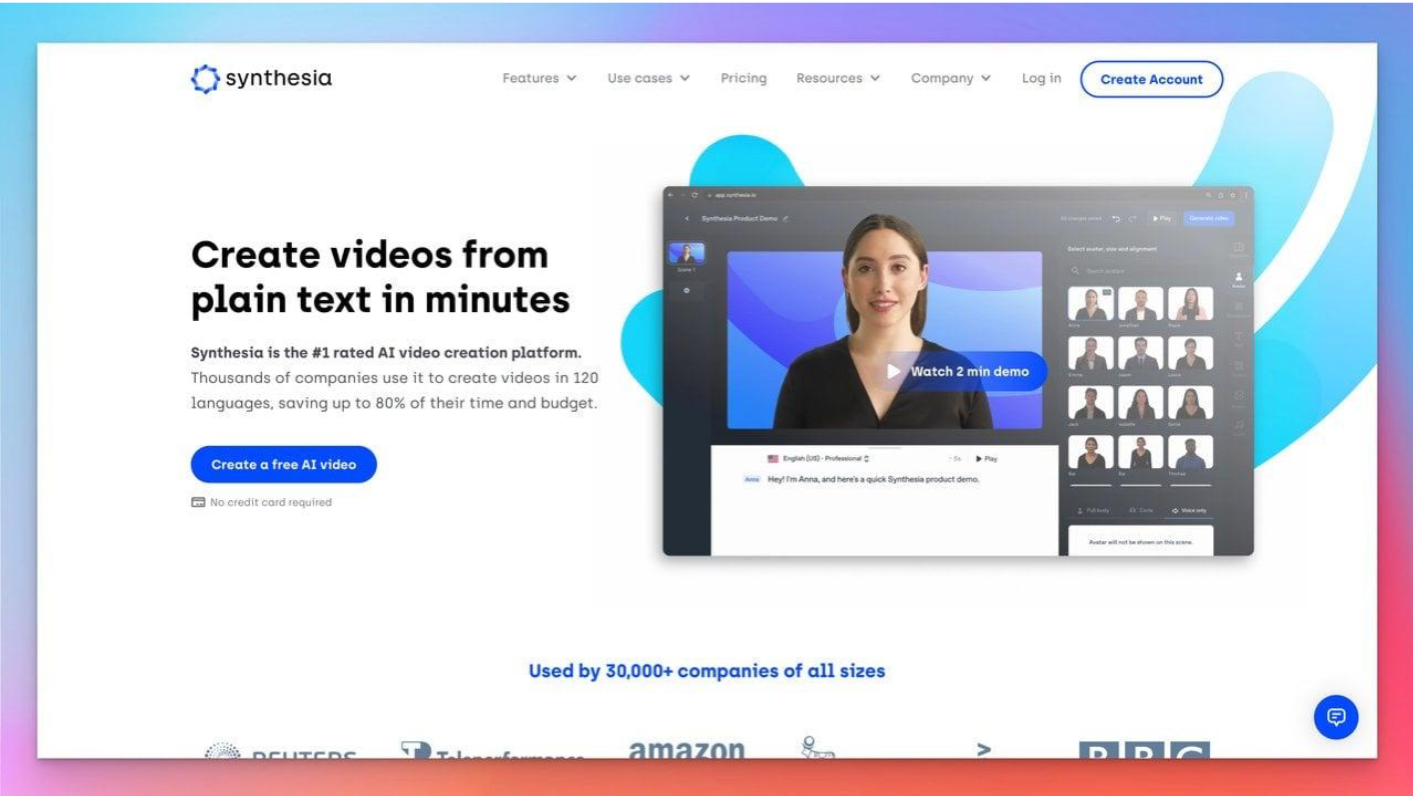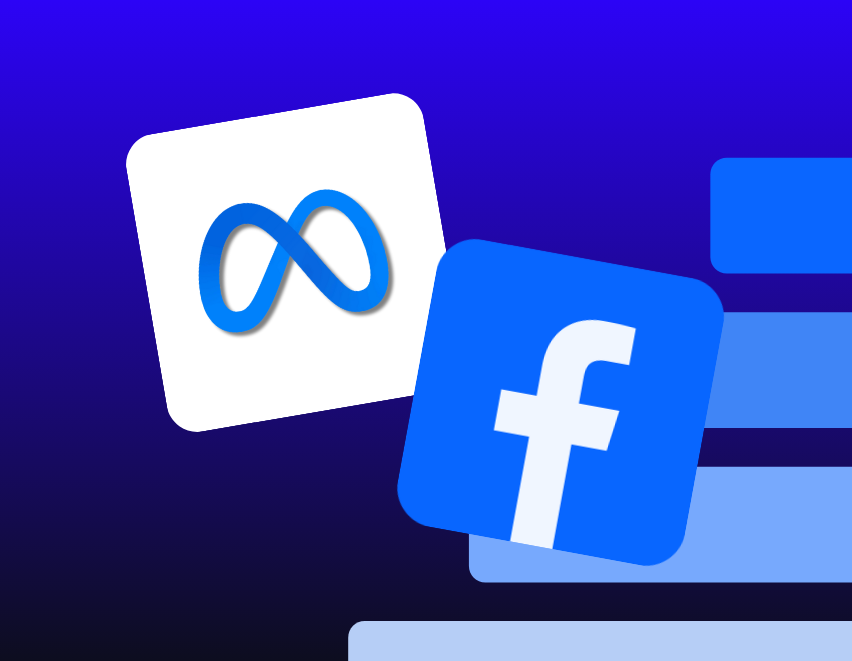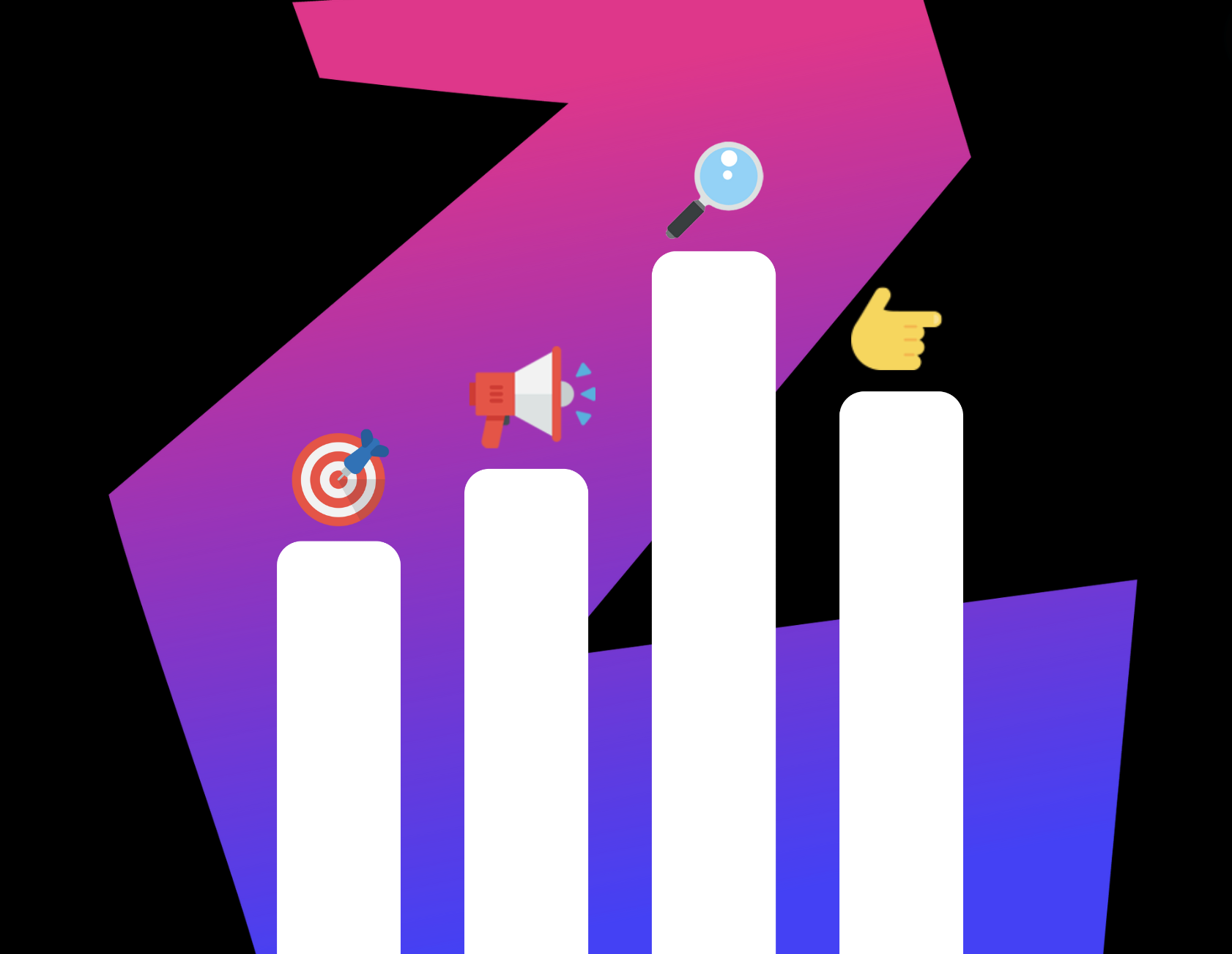Whether you’re an e-commerce brand or a B2B business, it is important to understand which marketing channels contribute most to your sales and conversions to make smart decisions. By tracking customer journeys across various touchpoints, attribution tools provide valuable insights into the effectiveness of ad campaigns, enabling you to see exactly where your marketing is paying off. Thus allowing you to create informed strategies and optimise your efforts for maximum impact.
However, navigating the world of attribution software can be overwhelming. With countless choices available, it can be difficult to determine which one is the best fit for your business.
Here we look at the best available attribution software for 2025. We’ve broken them down by type, features, benefits, and price point—to help you choose the right solution.
Different types of marketing attribution software
Attribution tools generally fall into three key categories: single-touch, multi-touch, and marketing mix modelling. Each type has its strengths, and understanding these distinctions can help you choose the right solution for your business.
1. Single-touch attribution
Single-touch attribution assigns all credit for a conversion to a single touchpoint in the customer journey, either the first or last interaction.
- First-click attribution focuses on the initial touchpoint, rewarding the channel that first introduced the customer to your brand.
- Last-click attribution credits the final interaction, or the last ad clicked before a purchase.
While useful for understanding which channels bring in new customers and which channels close sales; single-touch models offer a limited view of the entire customer journey and may miss important touchpoints that influence conversions.
2. Multi-touch attribution (MTA)
Multi-touch attribution gives credit to multiple touchpoints throughout the customer journey, offering a more comprehensive view of how various channels work together to drive sales.
Common multi-touch models include
- Linear attribution: Distributes credit equally across all touchpoints involved in the conversion process.
- Time-decay attribution: Assigns more weight to interactions that occur closer to the conversion event.
- U-shaped and W-shaped models: Attribute more credit to touchpoints at critical moments, such as the first interaction and the point of conversion.
This type of attribution provides deeper insights into how different channels contribute to conversions and is useful for businesses with complex marketing funnels.
3. Marketing Mix Modelling (MMM)
Marketing mix modelling uses statistical analysis to evaluate the impact of various marketing efforts, including both online and offline channels. Unlike multi-touch attribution, which focuses on digital interactions, MMM also considers broader marketing activities such as TV, radio, and print.
MMM is especially valuable for businesses investing in a wide range of marketing efforts, providing insights into how different marketing activities work together to drive sales and optimise budgets accordingly.
The benefits of using marketing attribution software
Marketing attribution tools offer several benefits, especially for brands relying on multi-channel marketing efforts:
- Maximised marketing spend: By clearly identifying which channels drive conversions, businesses can focus their budgets on the most effective platforms, improving overall return on investment (ROI). This ensures that no money is wasted on underperforming channels.
- Enhanced decision-making: Attribution software provides detailed insights into customer journeys, helping businesses make informed decisions on where to invest in marketing efforts. This clarity leads to better optimisation of campaigns and improved targeting.
- Improved collaboration across teams: Marketing attribution software gives teams a unified view of the customer journey. Whether it’s marketing, sales, or product teams, they can work together more effectively to optimise customer touchpoints and messaging.
- Deeper customer insights: By tracking customer interactions across various platforms, attribution tools help businesses understand what motivates customer actions, allowing for more personalised marketing approaches and better customer engagement.
Top 5 attribution software to choose from
Fospha
Best for: Comprehensive data analysis
Fospha is a versatile attribution tool designed to provide detailed insights into customer journeys across multiple channels. With its advanced machine learning and predictive analytics capabilities, Fospha enables businesses to optimise their marketing efforts and forecast customer behaviour accurately.
Key features
- Multi-touch attribution
- Predictive analytics using machine learning
- Cross-channel performance tracking
Pricing
Custom pricing based on business needs.
Our verdict
Fospha is perfect for brands seeking a powerful solution for tracking multi-channel performance. Its ability to provide predictive insights makes it an essential tool for brands aiming to improve marketing efficiency.
Ruler Analytics
Best for: Multi-channel attribution
Ruler Analytics is an exceptional tool for tracking customer journeys across multiple channels, including Google Ads, Facebook, and LinkedIn. It connects marketing activity to sales and revenue, making it easy for businesses to see exactly which marketing efforts are driving conversions.
Key features
- Multi-channel attribution
- Lead and revenue tracking
- Integrates with major ad platforms like Google Ads and Facebook
Pricing
Starts at £179/month.
Our verdict
Ruler Analytics is a fantastic option for mid-sized businesses looking for a comprehensive attribution solution across multiple channels. Its user-friendly interface and deep analytics make it a popular choice for brands aiming to optimise their marketing spend.
Hyros
Best for: High-level campaign tracking
Hyros is designed for businesses that require in-depth tracking of marketing campaigns across multiple platforms. By using machine learning to analyse customer behaviour, Hyros helps brands make data-driven decisions, particularly in campaigns with high ad spend.
Key features
- AI-driven attribution
- In-depth ad tracking across multiple platforms
- Customisable reports
Pricing
Starts at $299/month.
Our verdict
Hyros is ideal for brands running complex, high-budget campaigns. Its AI-powered insights provide clarity into customer journeys and enable accurate tracking of return on investment (ROI).
Triple Whale
Best for: Shopify-based e-commerce businesses
Triple Whale is tailored for Shopify stores and provides an easy-to-use platform for tracking marketing performance. It helps measure ad spend and customer journeys in real time, with a focus on optimising marketing efforts to drive growth.
Key features
- Shopify integration
- Real-time analytics
- Ad spend tracking across platforms
Pricing
Starts at £135/month.
Our verdict
Triple Whale is a must-have for Shopify-based brands. It delivers real-time insights into marketing performance, allowing you to tweak campaigns and improve ROI effectively.
Cometly
Best for: Social media ad tracking
Cometly is an attribution tool designed to track and optimise social media ad campaigns. It integrates with major platforms like Meta providing real-time insights into ad performance and helping businesses link campaigns directly to revenue.
Key features
- Multi-channel attribution
- Social media ad tracking
- Real-time data and reporting
Pricing
Starts at £100/month.
Our verdict
Cometly is ideal for businesses focused on social media ad campaigns. Its intuitive dashboard and powerful tracking features make it a great option for small to medium-sized brands.
Choosing the right attribution software for your business
Selecting the right attribution software is key to optimising your marketing efforts. To make the right choice, consider the following features and factors:
- Multi-touch attribution: Opt for software that can track and credit each touchpoint in the customer journey, offering a comprehensive view of how different channels contribute to conversions.
- Real-time insights: Choose a tool that provides immediate feedback on campaign performance, enabling quick adjustments for improved results.
- Cross-channel compatibility: Ensure the software integrates with all your marketing platforms, such as social media, email, and paid ads, for a unified view of your efforts.
- Custom reports: Look for software that allows you to tailor reports to your business needs, highlighting the metrics most relevant to your objectives.
In addition to these features, keep the following considerations in mind:
- Understand the complexity of channels: Identify the complexity of sales channels and the level of data insights needed to inform your marketing strategy.
- Budget wisely: Ensure the software fits your budget while offering essential features to enhance your marketing performance.
- Test before committing: Many attribution tools offer free trials—use these to evaluate if the software meets your needs.
- Plan for growth: Select a tool that can scale with your business, handling increasing data as your brand expands.
- Ensure data accuracy: The software should provide precise tracking of customer journeys and lead sources to support more informed decision-making.
Attribution software will continue to be an essential tool for businesses in 2025, helping optimise marketing spend, track customer journeys, and boost conversions. Whether you’re a small brand or a fast-growing enterprise, investing in the right software can make a significant impact on your bottom lines.
